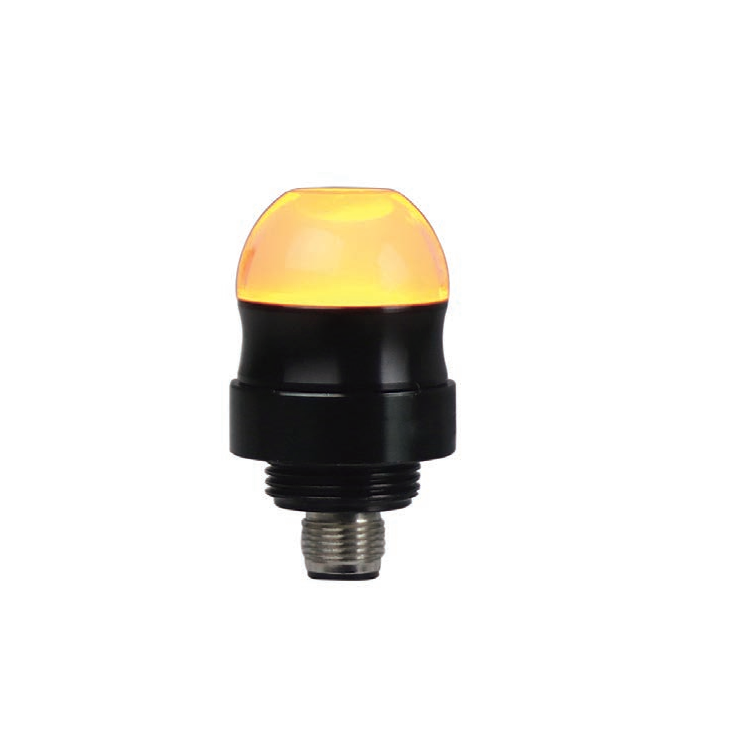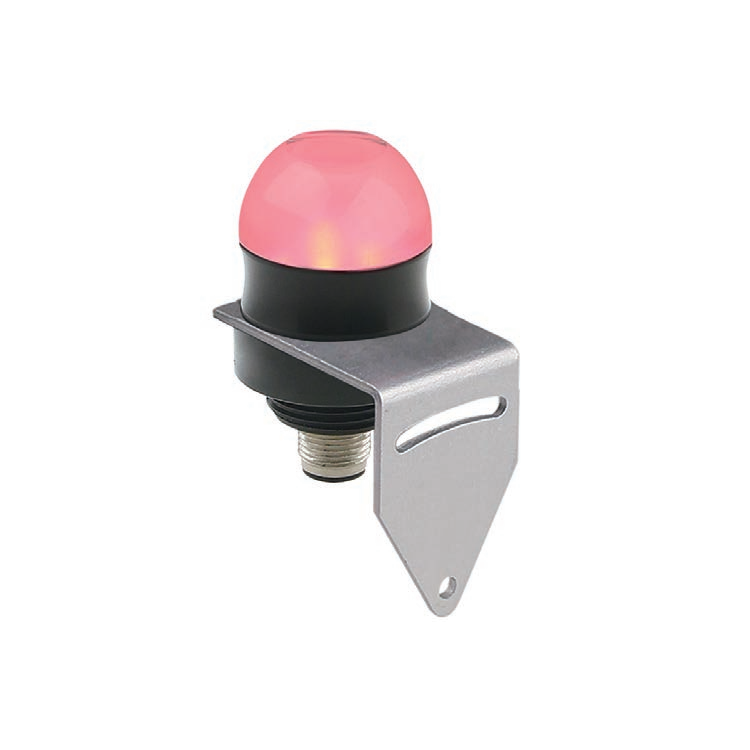ASIC and FPGA design advantages and process comparison
ASICs and FPGAs each offer unique benefits, and it's crucial to understand their differences before making a choice. The comparison between these two technologies is extensive, covering performance, cost, development time, and flexibility. Here's a detailed look at the advantages and disadvantages of both.
Design Advantages: FPGA vs. ASIC
FPGA advantages include faster time-to-market since no custom manufacturing steps like wiring or masking are needed. They also eliminate non-recurring engineering (NRE) costs and allow for field reprogramming through remote bitstream updates. Additionally, they reduce design cycles by automating many layout and routing tasks, and offer predictable project timelines due to fewer delays from re-spins or wafer availability issues.
On the other hand, ASICs provide full custom performance tailored to specific requirements, leading to higher internal clock speeds and miniaturization. They also offer lower unit costs for high-volume production and can be optimized for power efficiency and performance in complex applications.
Historically, FPGAs were used for low-complexity or low-speed designs. However, modern FPGAs have advanced significantly, easily surpassing 500 MHz performance. With increased logic density, built-in processors, DSP blocks, and high-speed serial interfaces, FPGAs now offer a compelling solution for a wide range of applications, often becoming the preferred choice.
Design Flow Differences: FPGA vs. ASIC
The FPGA design flow simplifies the process by eliminating time-consuming steps such as layout, routing, timing analysis, and mask re-spins. This is because the core logic is already embedded in pre-validated devices. As a result, developers can focus more on functionality rather than fabrication details.
Despite this, when performance demands are high, Xilinx provides advanced floorplanning, hierarchical design tools, and timing optimization features. These help users achieve performance levels comparable to ASICs in even the most demanding applications.
In summary, choosing between an ASIC and an FPGA depends on factors like volume, timeline, budget, and performance needs. Understanding these trade-offs helps ensure the best technology is selected for each specific project.
SVLEC provide multi-functional signal indicator light , tower light , Cabinet lamp , Strip led lamp with M12 socket . , Signal tower series based on LED light source design , long service life , no maintenance . The model is rich , unique , firm and durable , it is assembled by the factory and has a variety of installation Accessories . Various models can provide customers with customized solutions , including AC, DC power selection , three alarm output options , standard or high brightness selection, and fast connector or cable selection.


indicator light,tower light,Cabinet lamp,Strip led lamp,3 color indicator
Kunshan SVL Electric Co.,Ltd , https://www.svlelectric.com